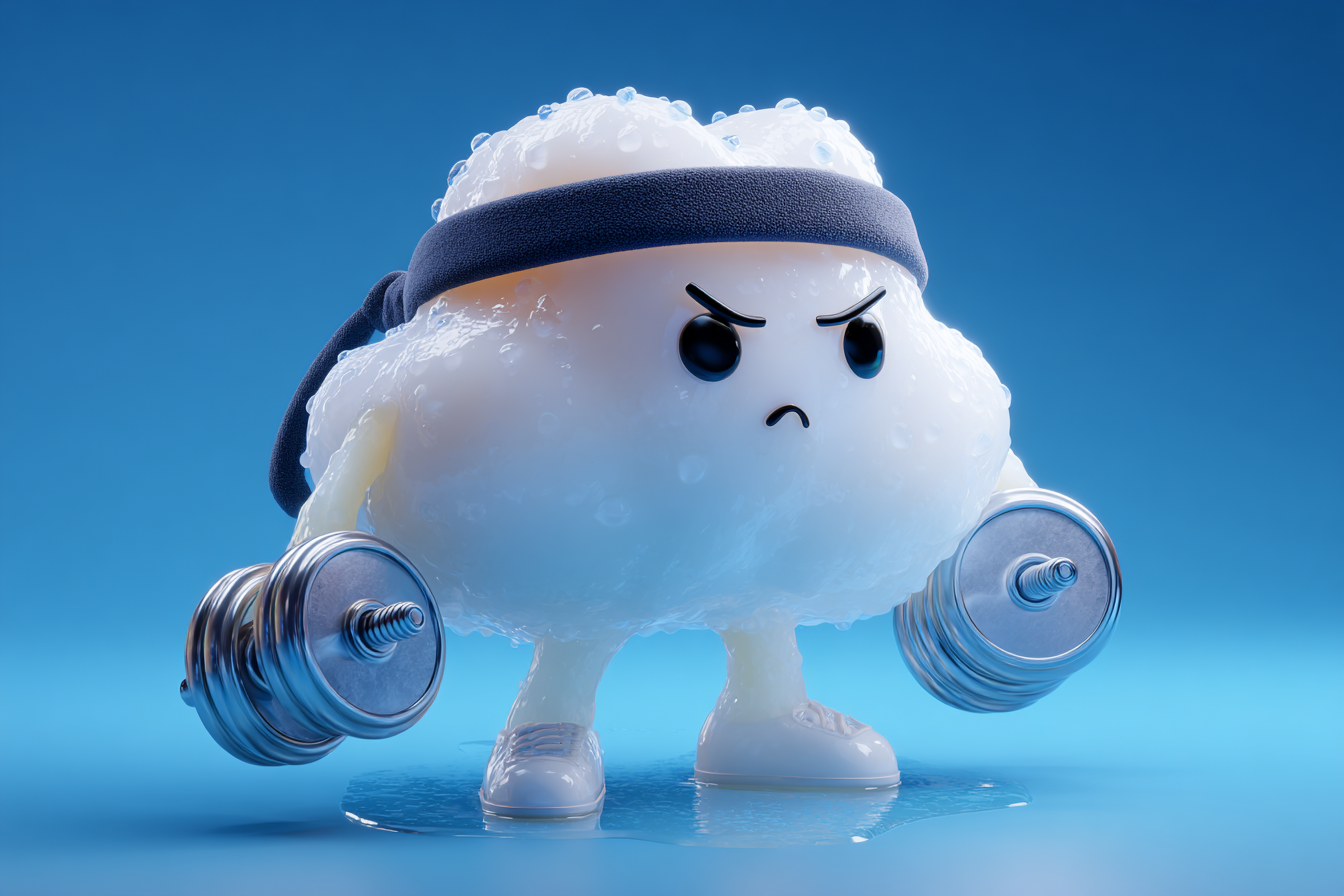Every explosive lift, fluid swim stroke, or precisely-timed tennis backhand is really a duet between agonist muscles that start the motion and their antagonist muscle pairs that tame speed, protect the joint angle, and ready the body for its next move. When one muscle contracts without its opposite number pulling equal weight, joint stability erodes, range of motion narrows, and overuse injuries creep in. When coaches choreograph both forces, the body’s skeletal muscles behave like a single intelligent unit—powerful yet controlled, aggressive yet economical.
Strength and conditioning vantage
Modern weight rooms love prime movers, but elite programming demands symmetrical attention to the push-pull relationship:
- Cleaner joint mechanics. During a biceps curl the triceps muscles decelerate the forearm, letting the ulna glide inside the elbow joint rather than grind.
- Stronger concentric surges. Pre-activating the antagonist via a paired set heightens reciprocal inhibition, so the agonist drives harder on the up-phase.
- Eccentric armor. A slow lowering phase teaches the extensor muscle group—think hamstrings in knee extension or the wrist extensor during swings—to absorb force in the recovery phase of each rep.
Micro-cycle sampler (3-day push-pull-legs)
| Day | Primary Push (agonist) | Coupled Pull (antagonist) | Tempo (prep ↔ work ↔ recovery) | Plane of motion |
|---|---|---|---|---|
| 1 | Bench press | Chest-supported row | 1-0-2 | Horizontal |
| 2 | Overhead press | Lat pull-down | 1-1-2 | Vertical |
| 3 | Front squat | Nordic curl | 2-0-3 | Sagittal |
Common exercises such as lunges, pull-ups, and push-ups follow the same principle: equal attention to both sides of the joint maximizes performance and durability.
Biomechanical harmony unlocked
- Joint-stabilising co-contraction – Balanced hamstring-quadriceps firing during landings lowers anterior tibial shear, shielding the ACL and widening usable range of motion.
- Greater training density – A recent meta-analysis shows agonist–antagonist supersets let athletes perform more total reps than straight sets, boosting hypertrophy within the same session.
- Lower ligament stress – In cutting sports, hamstring engagement during knee extension acts like an internal seat belt that reins in tibial translation.
- Postural resilience – Strengthening the trapezius muscle alongside pressing work counters forward-head drift, improving scapular rhythm and overhead joint stability.
Across these studies the theme is clear: when one muscle contracts, its partner must lengthen or brace, creating fluid control throughout the entire plane of motion.
Dialogue with your digital coach
Feed these precision prompts to your conversational-AI tool:
- “Draft a four-week superset plan pairing push-pull antagonist muscle pairs for an intermediate swimmer tapering for nationals.”
- “Analyze my bar-path and flag sets where antagonist deceleration lagged in the preparation phase of each lift.”
- “Suggest mobility drills that lengthen the wrist extensor so overhead knee extension velocity improves without sacrificing biceps integrity.”
- “Based on my force-plate data, design a hamstring-dominant corrective circuit that preserves quad power yet tightens joint angle control.”
Notice how each query anchors to a movement phase or specific synergist muscles—ensuring the AI answers with biomechanics, not boilerplate.
Applied takeaways
- Match patterns, not just muscles. Pair horizontal push with horizontal pull, hip-dominant with knee-dominant, so antagonists operate in the same plane of motion.
- Mind the tempo. A three-second eccentric in a Romanian dead-lift hones hamstring control; a one-second concentric lets quads erupt in the upward phase.
- Check load symmetry. Aim for triceps press-down ≥ 70 % of curl load; hamstring RDL ≥ 60 % of squat load.
- Cue joint tracking. “Screw the feet, stack the wrists” centers distal joints so antagonists fire along optimal lines.
- Progress complexity. Move from cable extensions to kettlebell bottoms-up holds that demand reflexive synergist muscles cooperation.
- Screen regularly. If the recovery phase feels sloppy, record video to spot antagonist lag.
- Recover intelligently. Light aerobic work or mobility flows between heavy antagonistic sets clears metabolites and resets nervous-system tone.
- Educate the athlete. Players who can name both agonist and antagonist in every lift—biceps vs triceps muscles, quads vs hamstrings—maintain healthier ratios season-long.
Master the yin-yang duet and each repetition becomes choreography: force on one side, finesse on the other, united in a seamless cycle of power, protection, and perpetual readiness.
